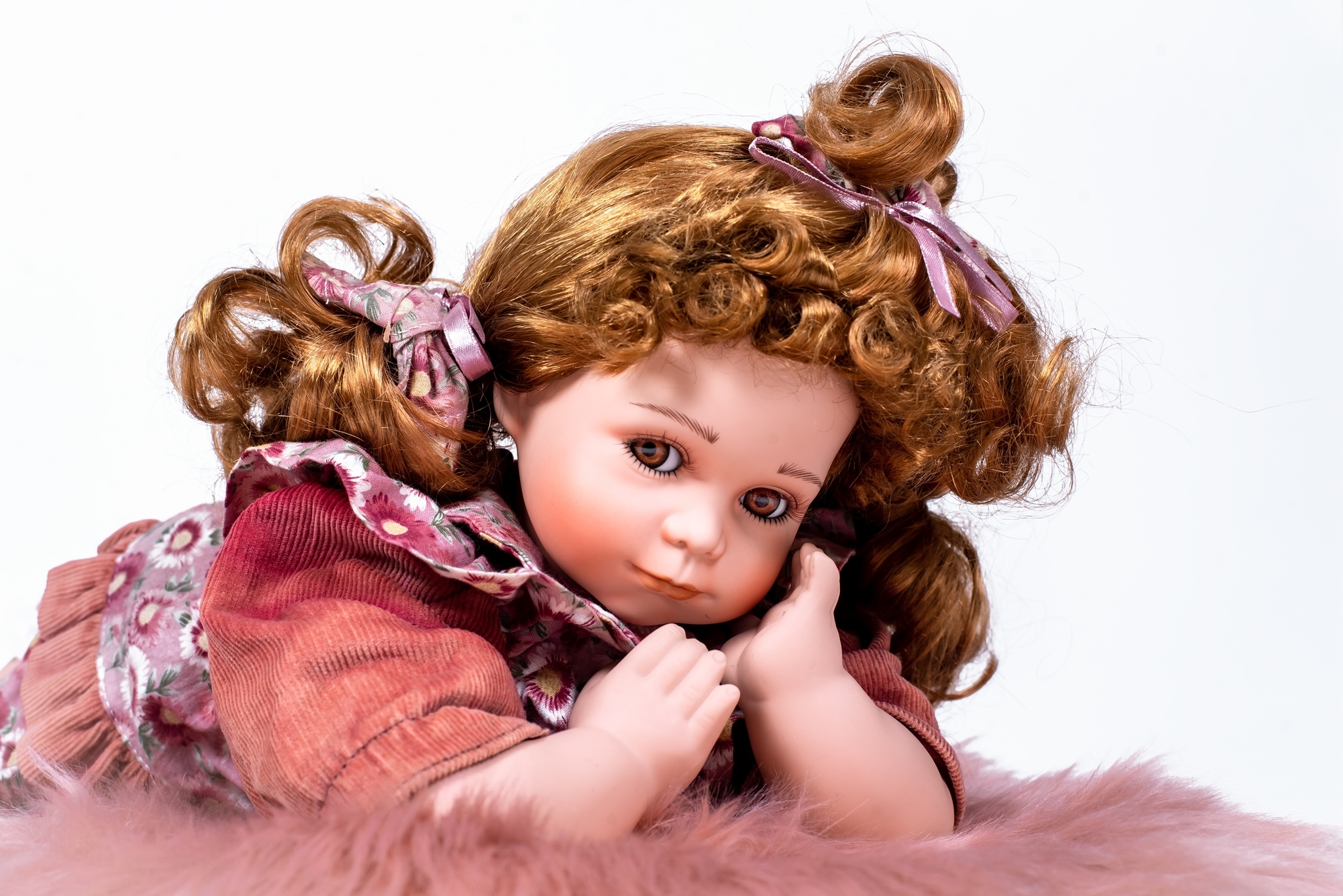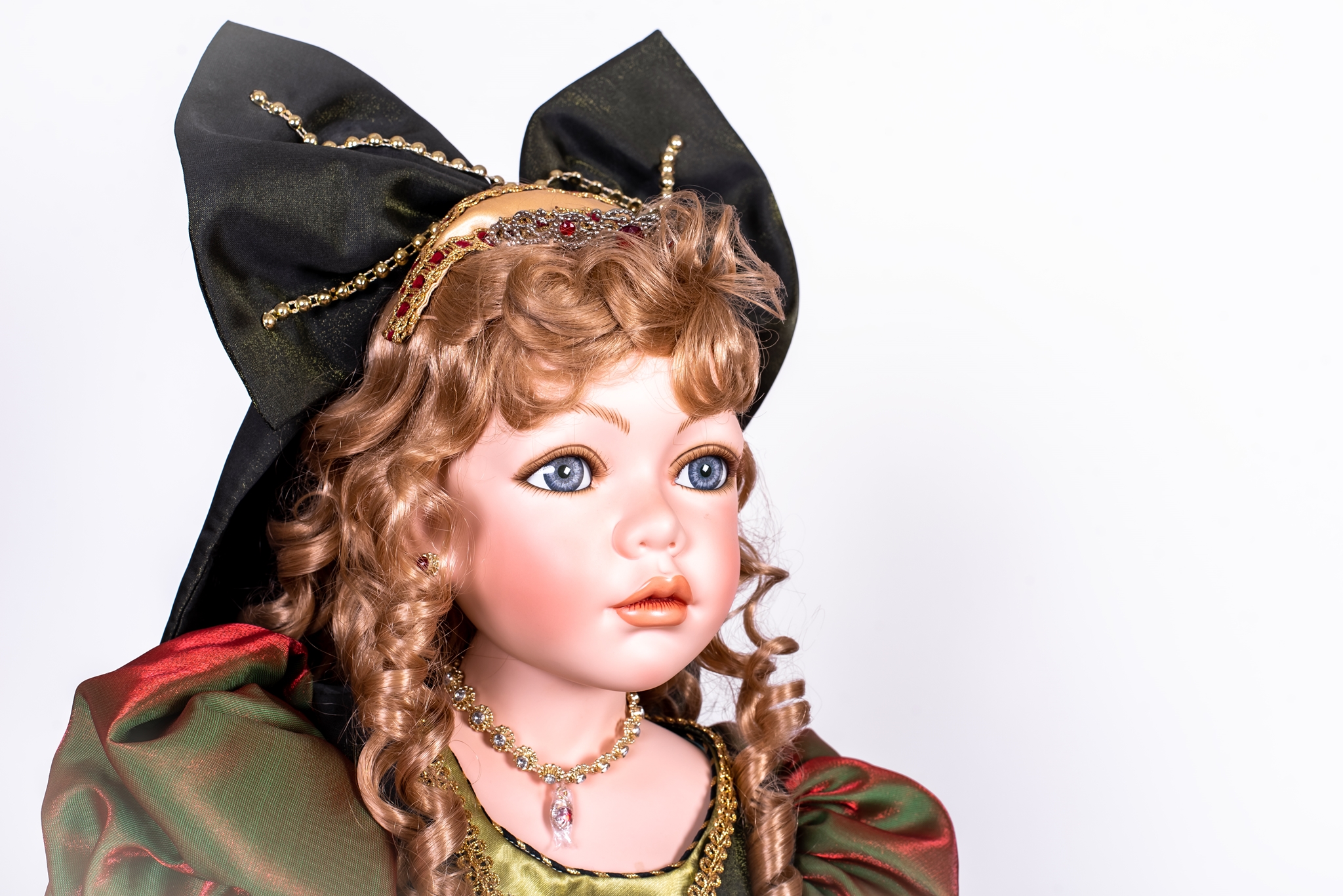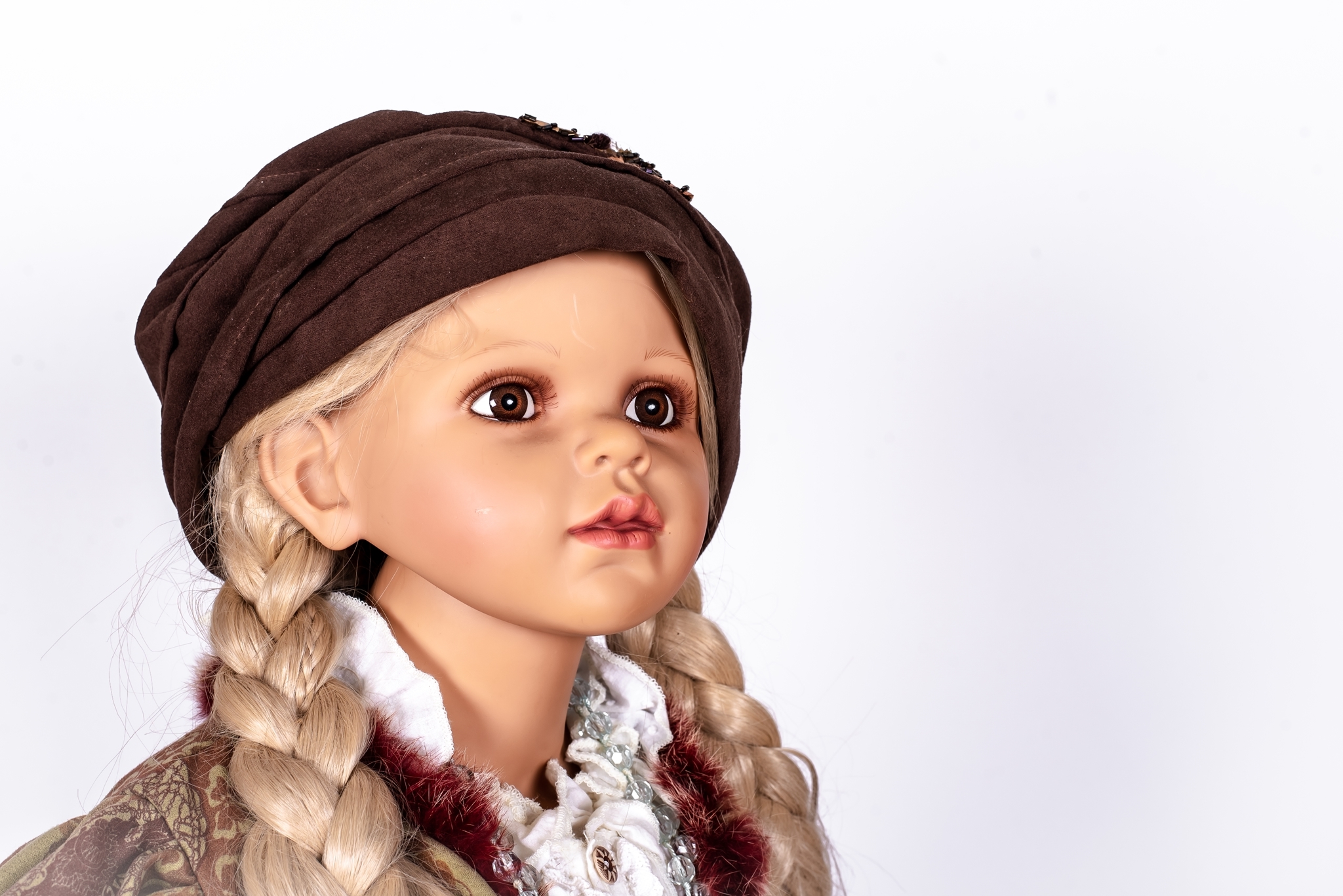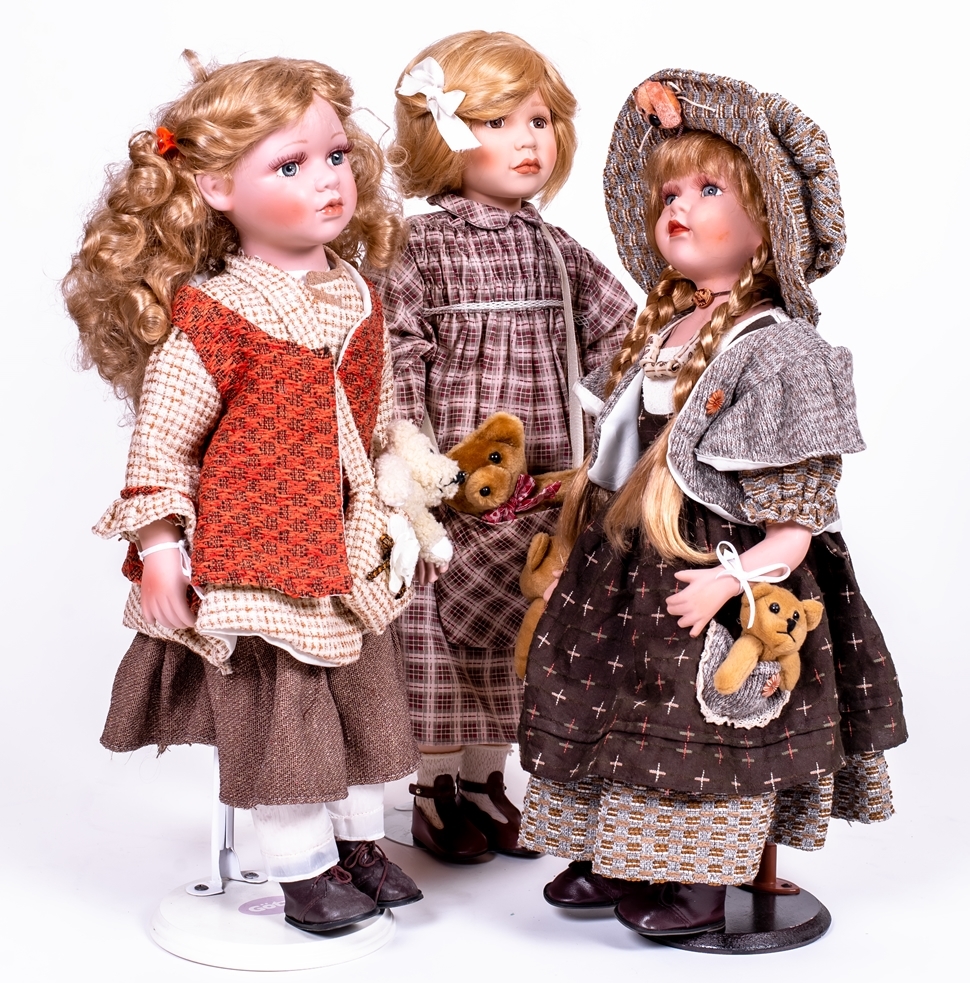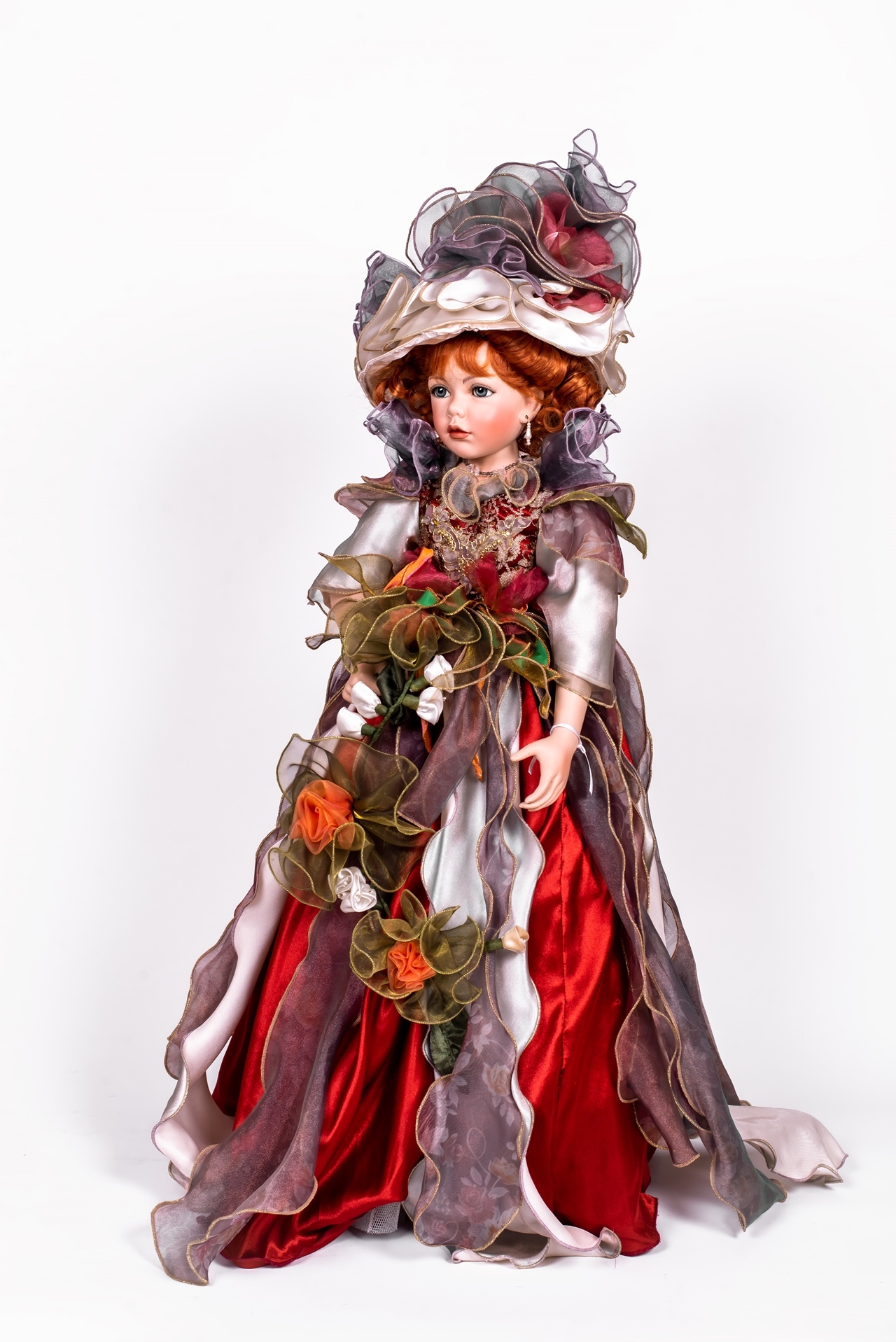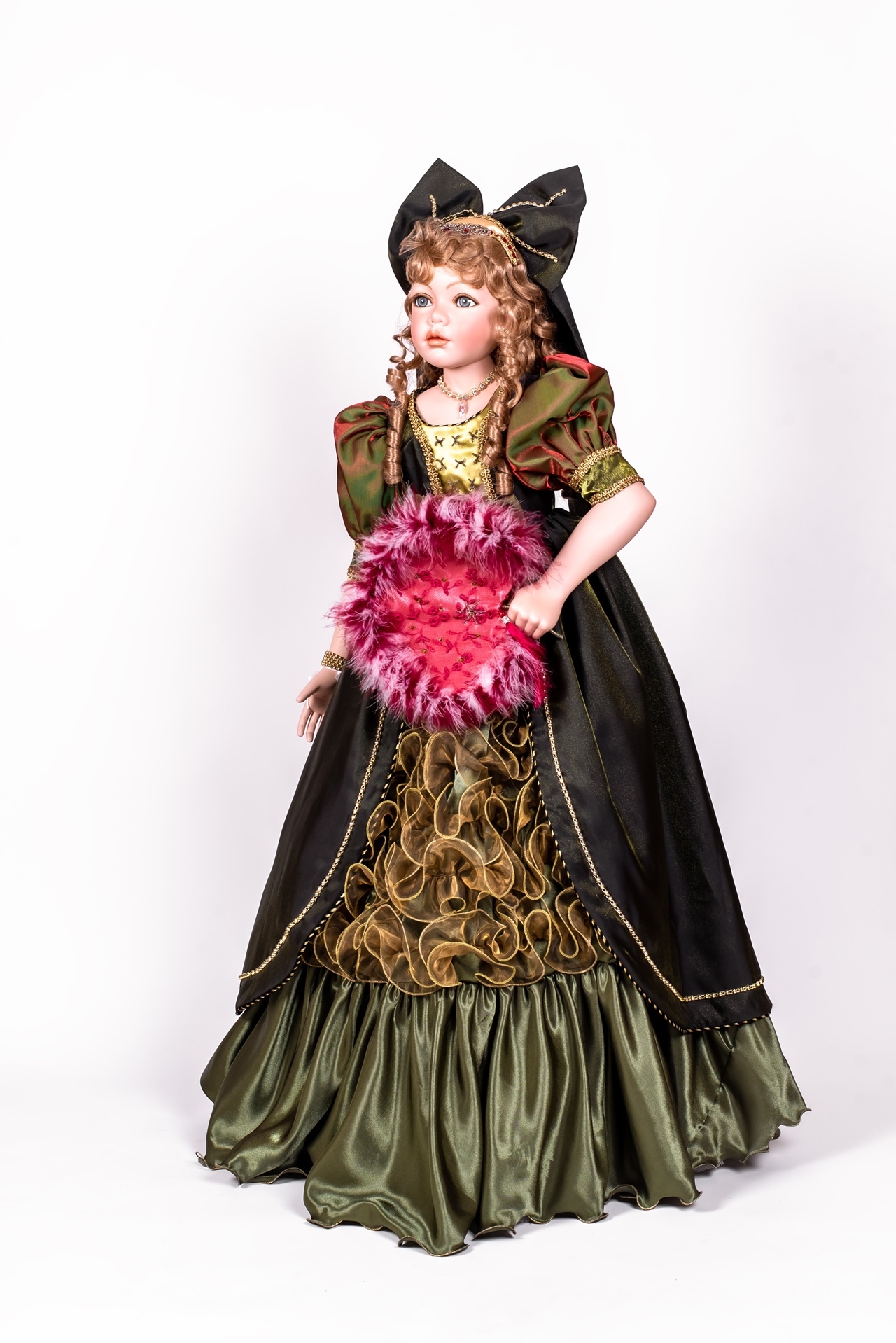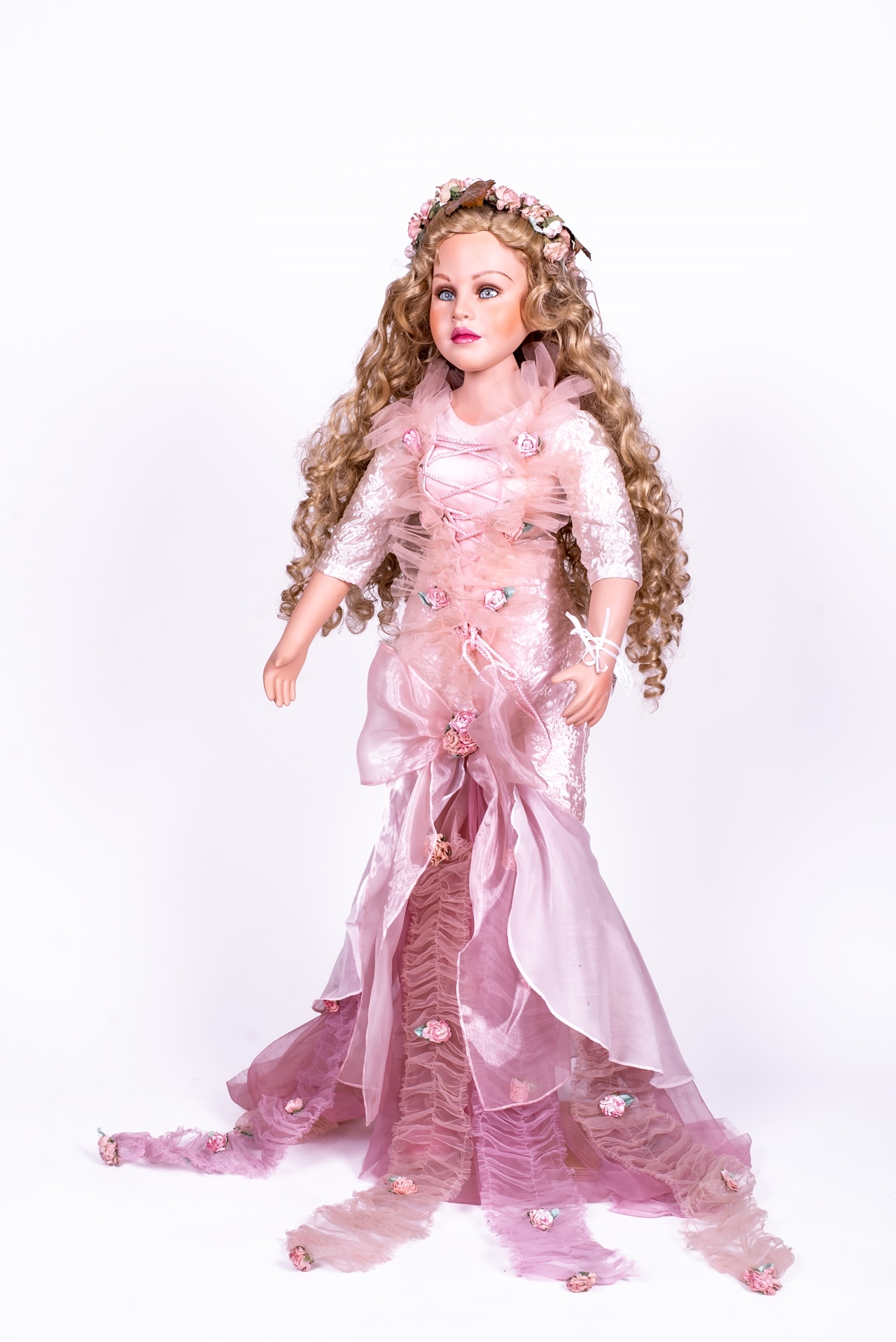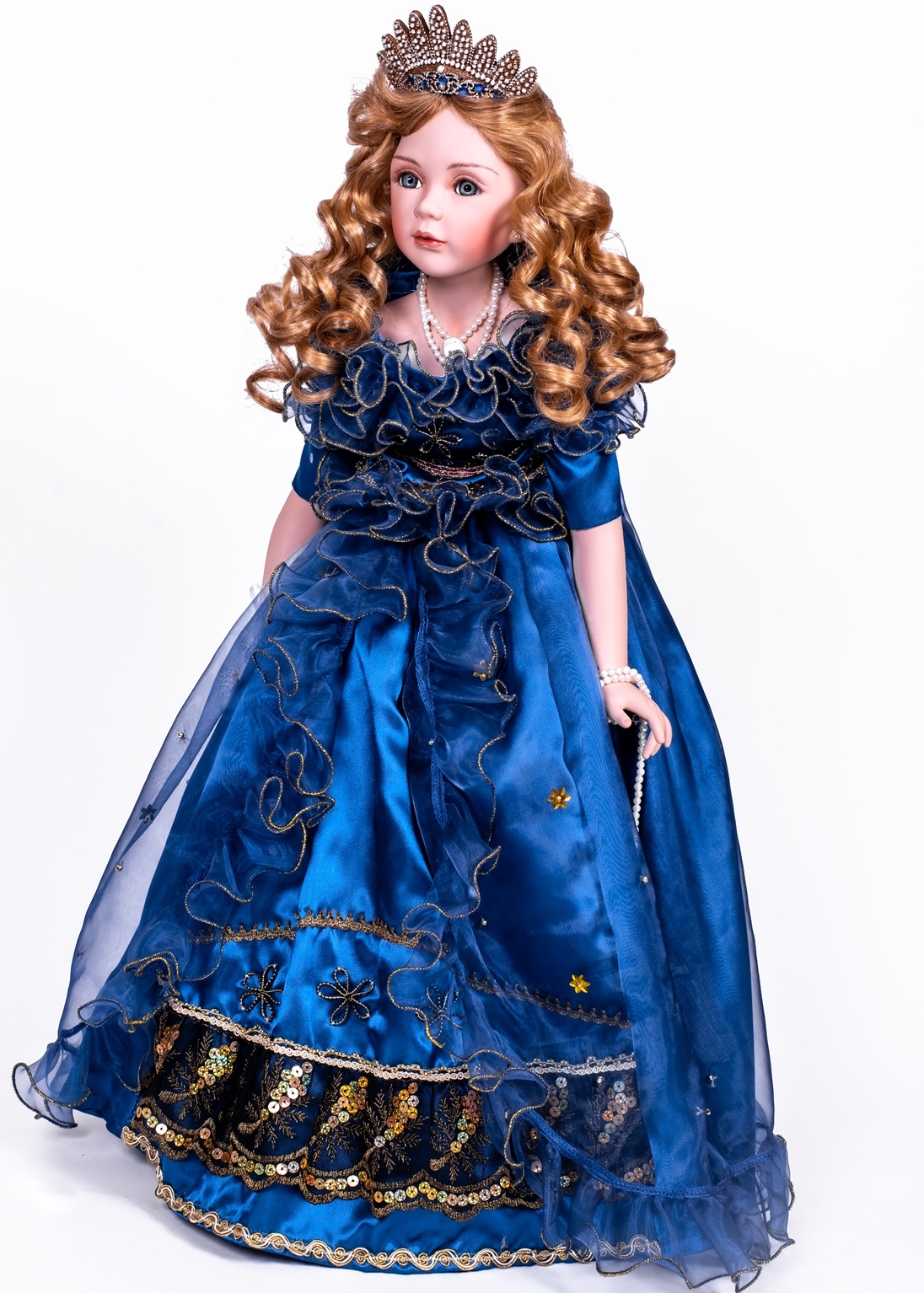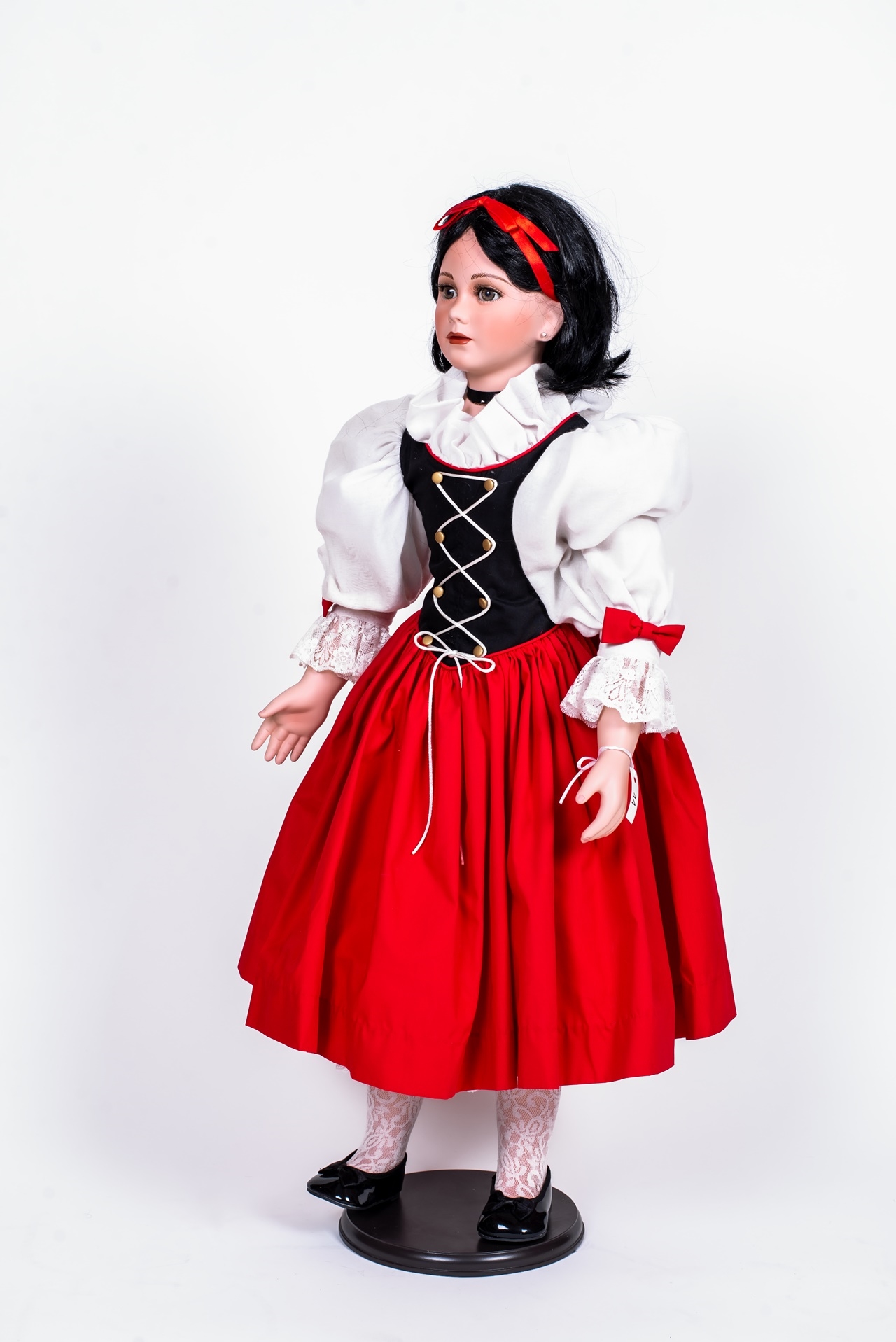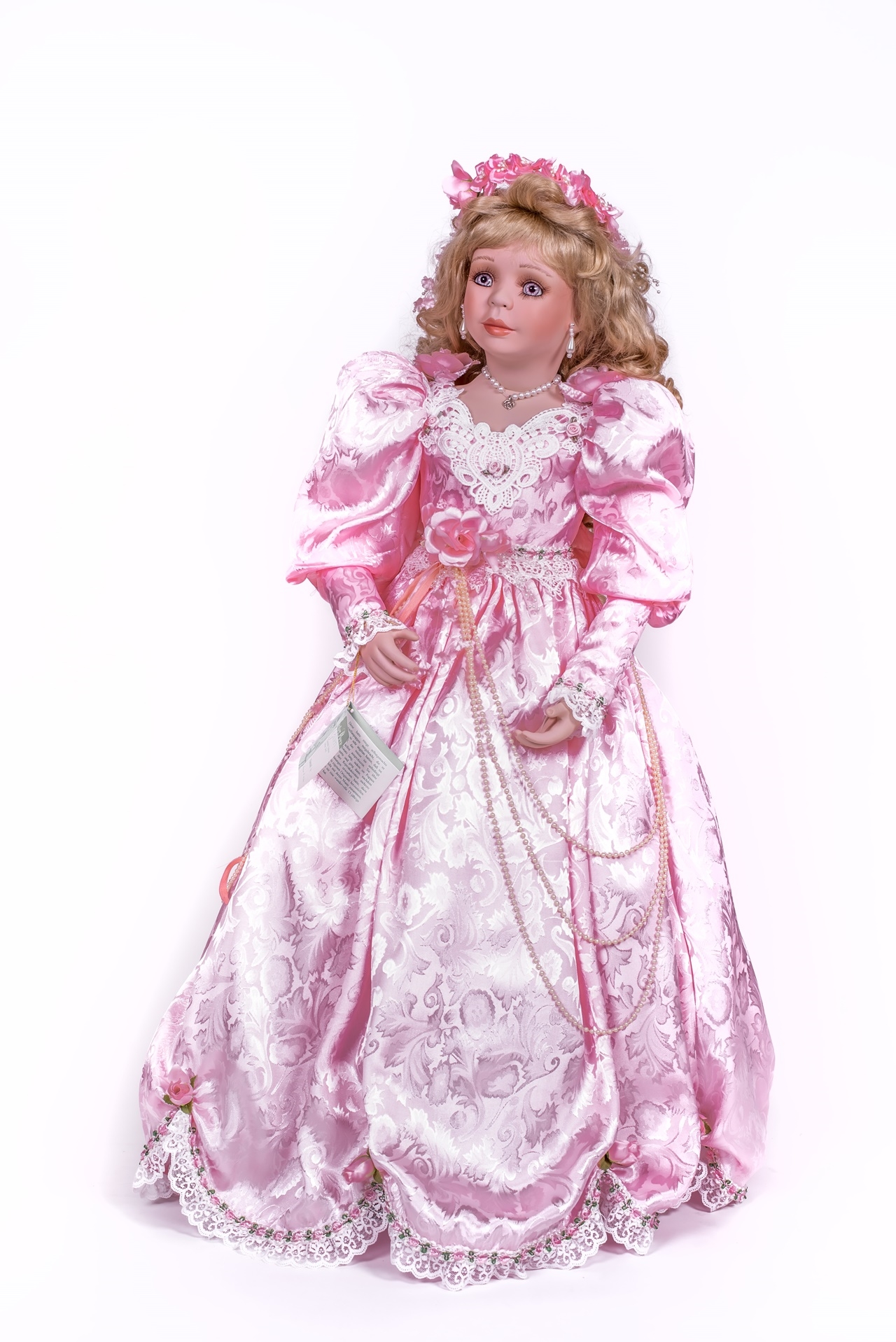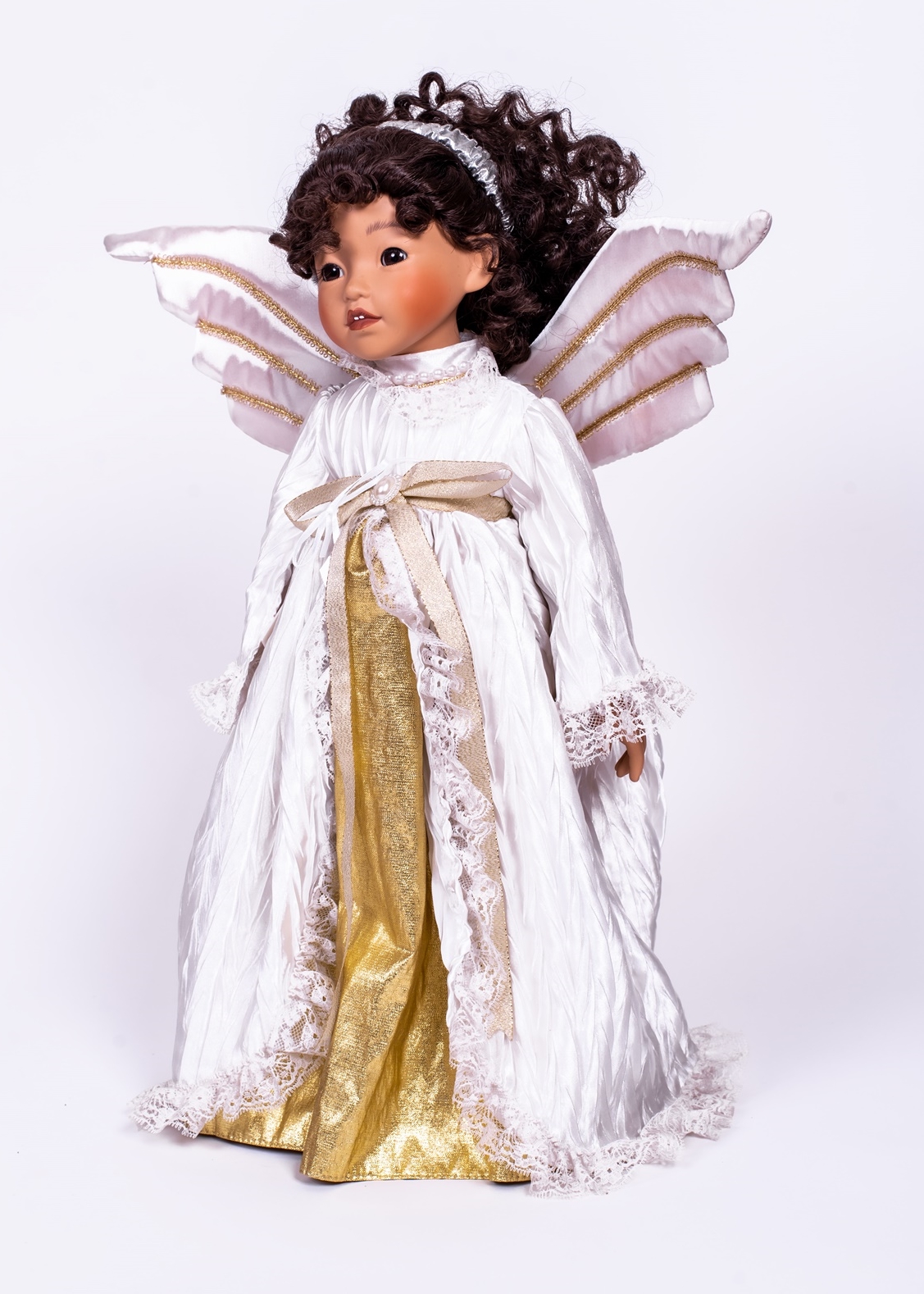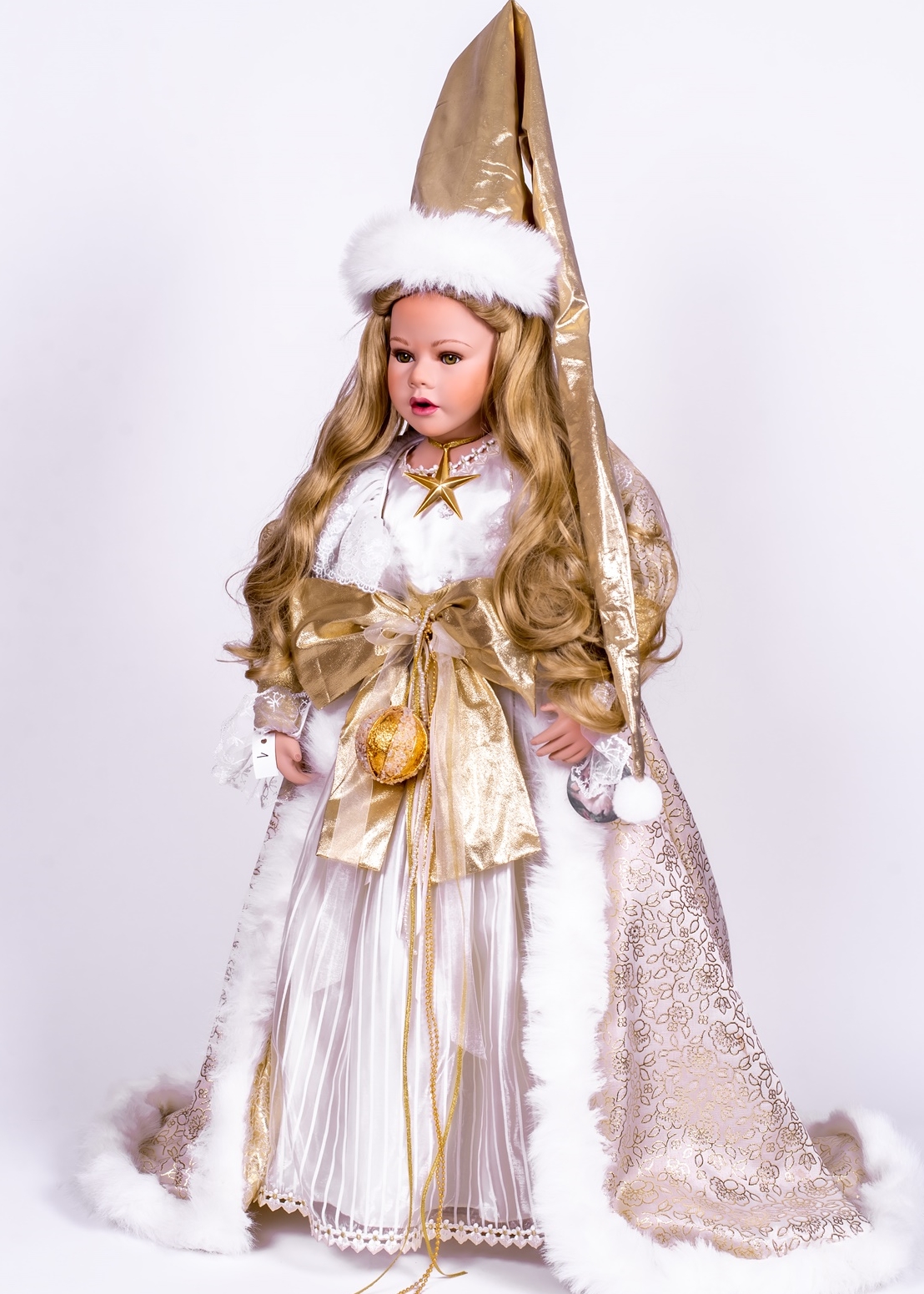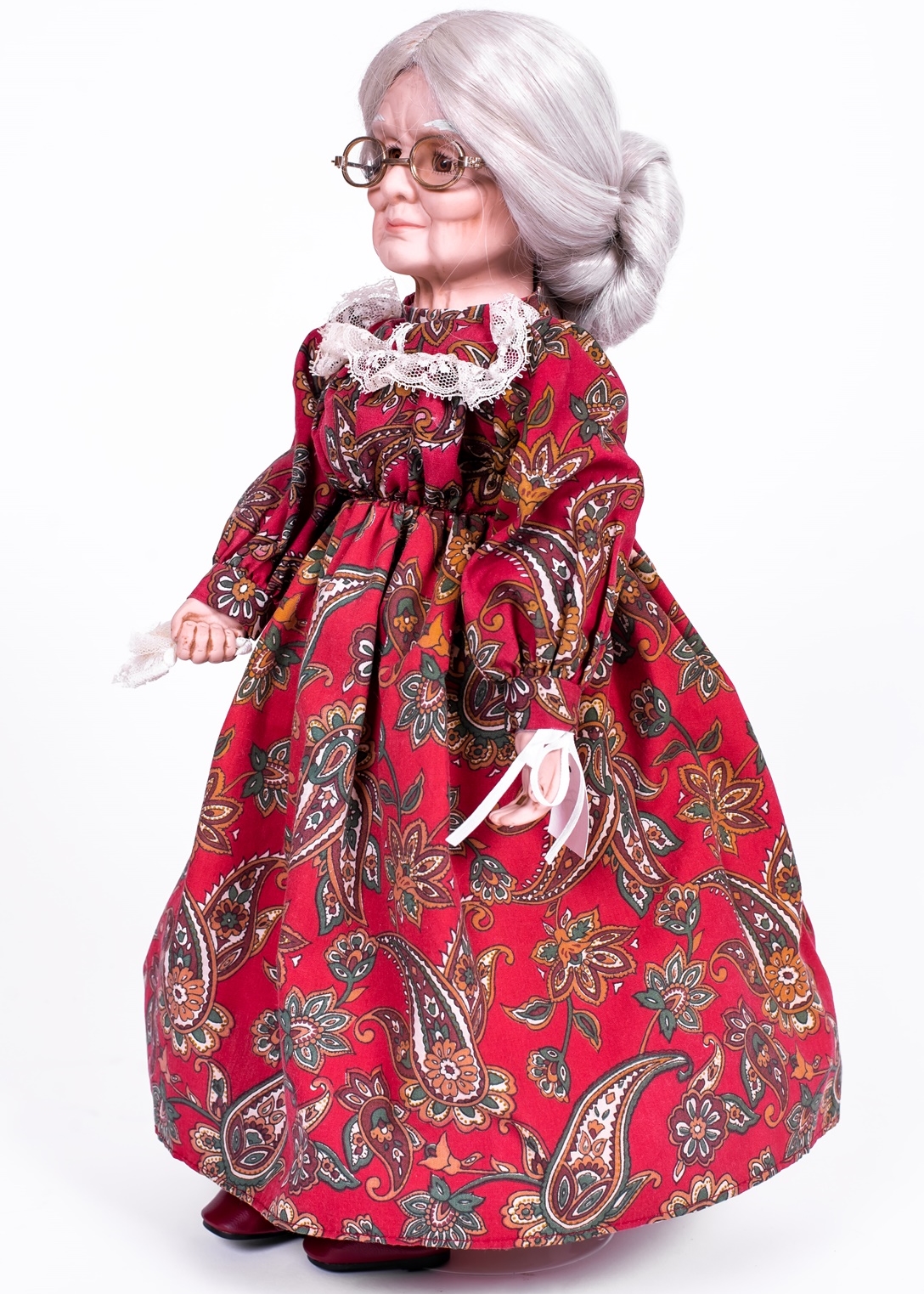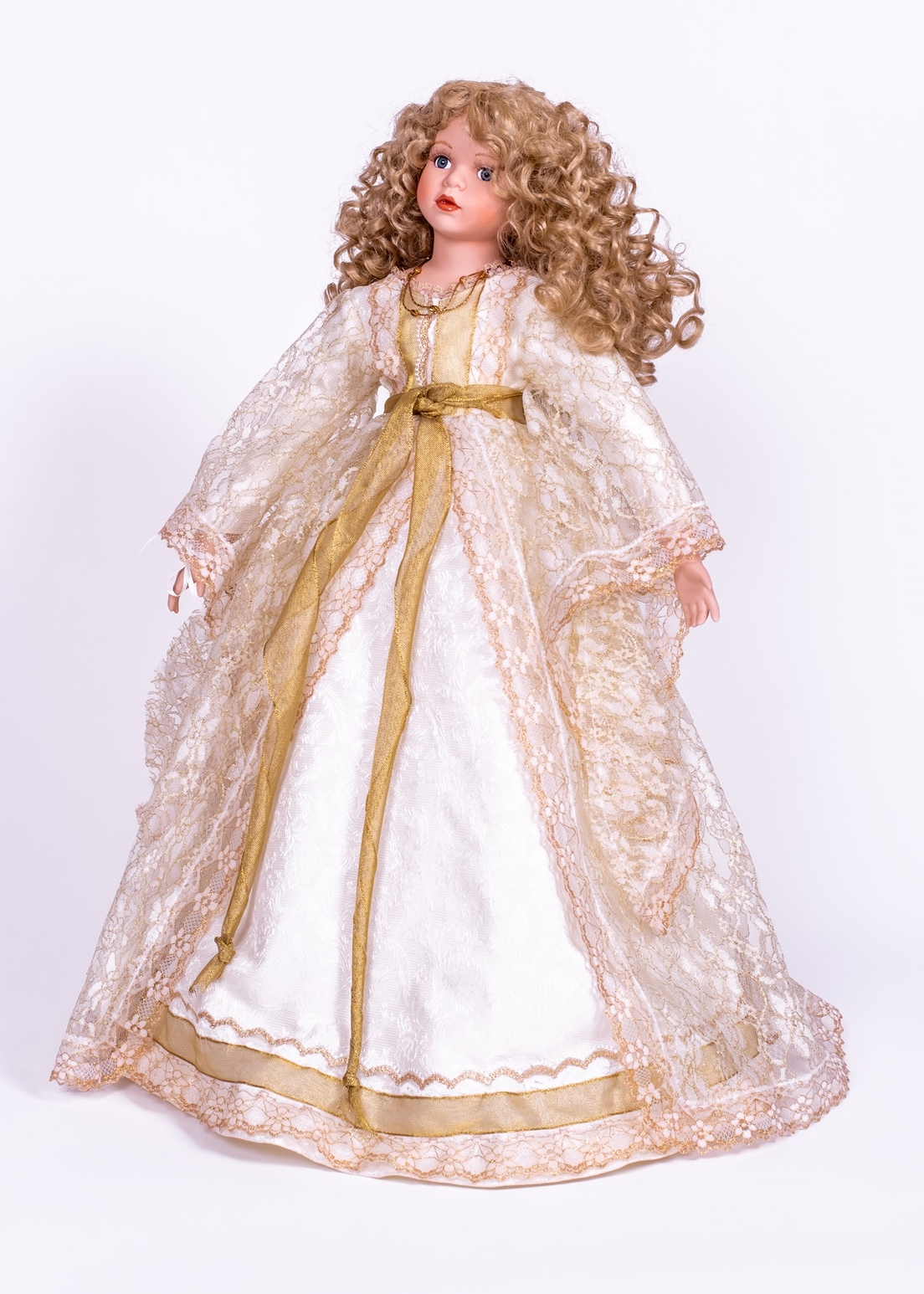Its history and development
Excavations and research claim that dolls were made as early as 4,000 years ago. Wood, clay, wax and bone dolls from Greece remained to the posterity.
The toy industry began to thrive in Nürnberg in the 15th century. The history of porcelain dolls dates back to the 16th and 17th century. In the 19th century, the so-called “French dolls” appeared, which were made in Paris and Nürnberg. At the beginning, the dolls were modeled on adult women and then dolls with the face of little girls gradually appeared.
The porcelain doll is a fragile, sensitive and beautiful toy made of porcelain. Making them is a long process starting with shaping followed by drying, firing and painting. Making them is art, therefore their prices can vary greatly. Prices can also be affected by the condition of the dolls and how rare they are. Porcelain dolls can be found as decorative elements or as in a collection.
Most of the dolls between the 1680s and 1990s were almost certainly made as children’s toys. Many were designed for a certain age group.
In the 17th and 18th century, wonderfully furnished doll houses were made which weren’t used for playing but for decorating the house. The so-called “Sunday dolls” appeared with which their little owners could play for 1-2 hours under adult supervision. The dolls always wore elegant outfit.

